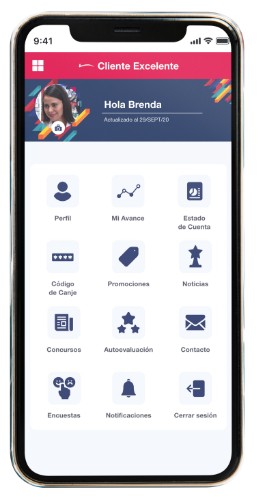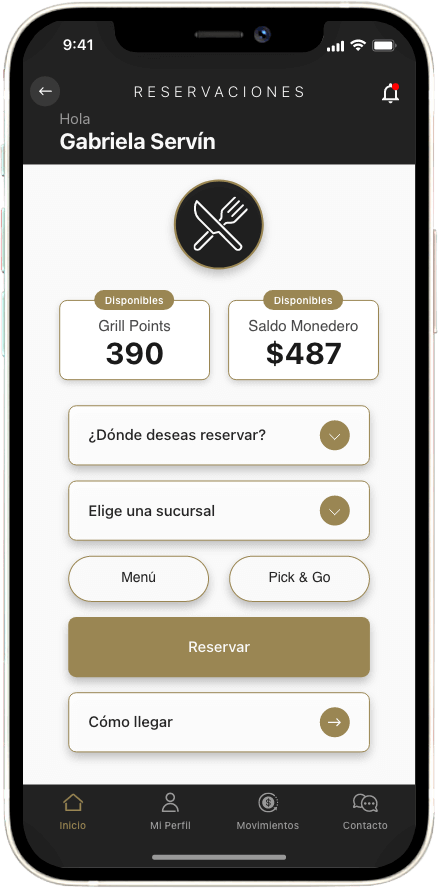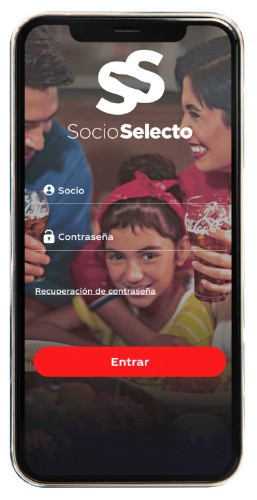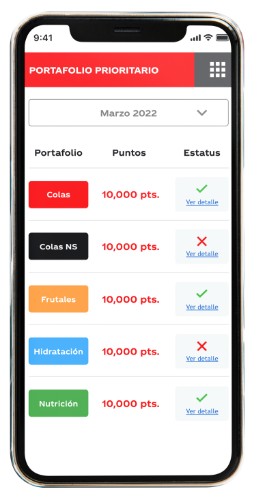Loyalty programs are ways in which a company’s customers are rewarded based on their consumer behavior. Given its importance to maintain high levels of loyalty to a brand, here we present its main characteristics and trends.
The meaning and benefits of a loyalty program
Also known as fidelity programs, they are concrete strategies to give specific rewards to customers who remain loyal to a brand or company and purchase their products on a regular basis.
The center of action is the retention of the current client. According to specialists, current customers consume more than new ones and it is easier to retain them than to look for new markets.
Satisfaction is not only based on the delivery of a quality good or service, but also on granting exclusive benefits that will encourage consumption over time.
Although it is a marketing strategy, its benefits and implications directly impact the levels of return on investment and profitability of the company.
Among the main benefits we have:
- Increase in sales levels.
- Increase in direct income.
- Mobilization of business resources to foster its growth.
- Increased levels of product, service and brand recognition.
- Increased customer satisfaction levels.
- Increased levels of customer loyalty to the brand.
- Increased knowledge of the behavior of current consumers.
Customer Loyalty Program Trends
There are various ways and strategies to put these projects into practice and each one is based on a specific analysis of the type of regular customer. In all cases, customers must perceive the program as an extra benefit for their purchasing behavior.
Among the main trends today we have the following:
Point systems
They are the systems that have been used the most by all types of companies. The mechanism is simple: the client accumulates points for each purchase made; by collecting a certain amount, such points can be exchanged for a product or converted into a discount on the next adquisition.
It is important that the conversion of points is simple and understandable for all customers. Most of these programs are even regulated by official consumer protection bodies.
Gaming system
In this case, it is about customers participating in playful mechanics for each effective purchase. The goal is that each new movement offers an opportunity to participate and win some product, a discount or bonus.
It is important that customers have a realistic chance of winning a prize, even if not all do.
Cross collaborations
In this option, effective purchases allow you to participate in offers or promotions from other brands or companies. Similarly, getting a certain number of purchases from one brand could help you get an exclusive product from another that you couldn’t get any other way.
It is important that the rules of the promotions are clear and that the collaboration between companies is well defined and regulated, so that the client really benefits.
Social care projects
Although for some experts it is somewhat risky, not few companies undertake this type of project, which consists of offering support to a specific social cause for each effective purchase by their customers.
From reforesting a special area to providing support to people in need; every day there are more clients looking for companies that really support society.
As you can see, loyalty programs represent an excellent opportunity to increase customer loyalty and business sales. It’s just a matter of applying them correctly and voila!










